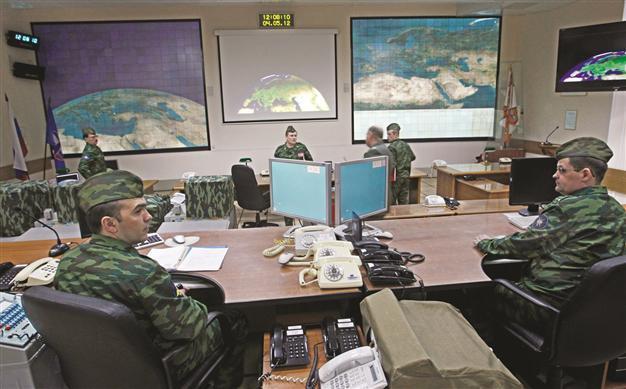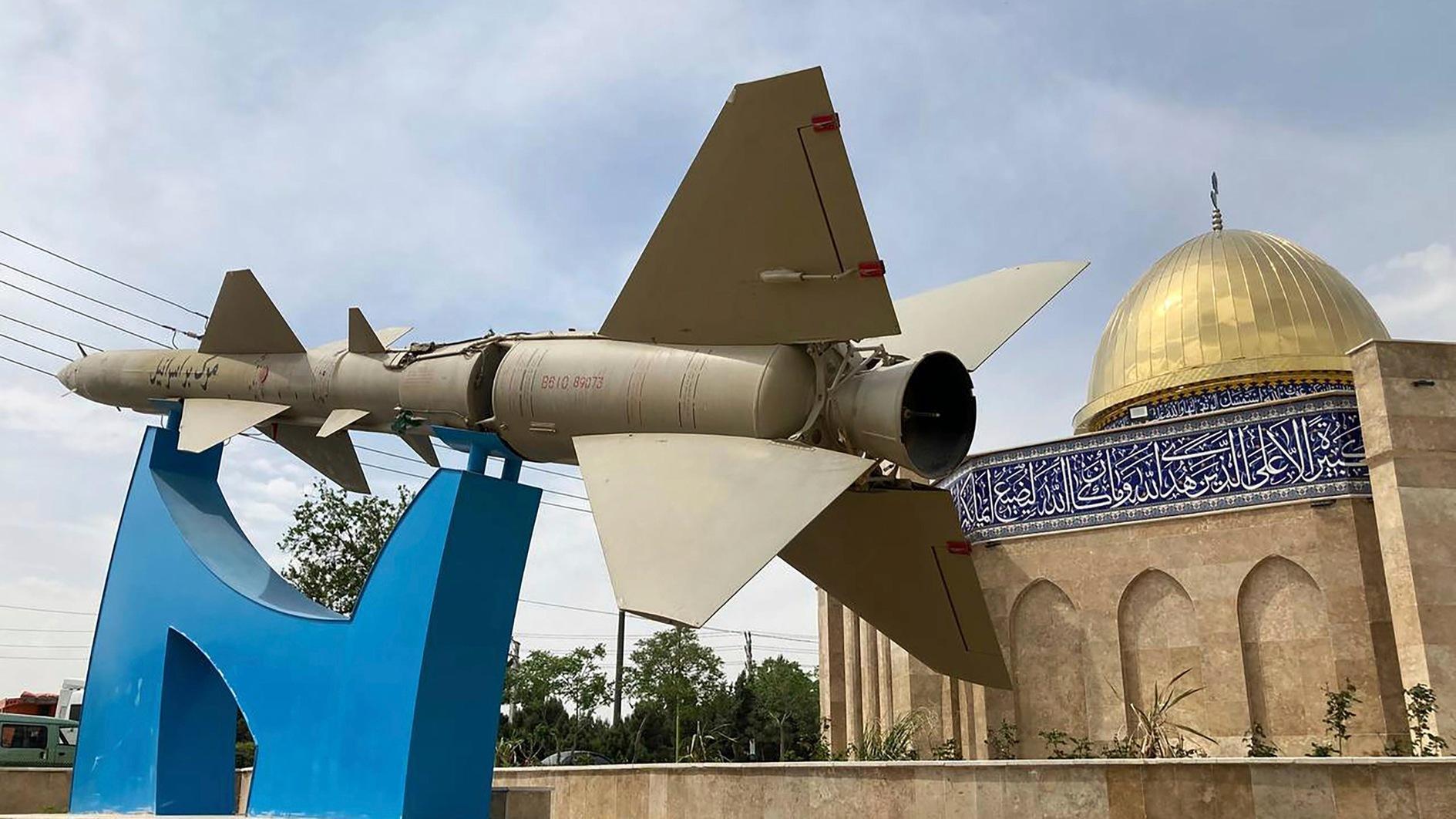Russia hits back at NATO’s shield
MOSCOW

Russian military officers on duty at the main control center of a radar station at the missile defense facility in Sofrino, 50 kilometers northeast of Moscow. Russia’s new Voronezh-M long-range missile warning radar is active in Siberia. AP photo
Russia yesterday staged the first successful test-launch of a new intercontinental ballistic missile capable of breaching defense systems now being developed by NATO, a military spokesman said.The announcement came days after the Chicago summit when NATO formally activated the first stage of a missile defense shield, whose deployment Russia has bitterly opposed out of fears that it may target its own vast nuclear arsenal. The alliance insists that the shield is not aimed at Russia. “The dummy warhead reached its target area at the Kura test range on the Kamchatka Peninsula. The set goals of the launch were reached,” Interfax quoted Russian Strategic Nuclear Forces spokesman Vadim Koval as saying.
A military source told the agency that the launch was only the second ever conducted on the missile. The source said the first launch failed Sept. 27, when the missile suffered an undisclosed malfunction and crashed only 10 kilometers from the launch site. Various sources told the agency that the new missile was better equipped to penetrate the new U.S.-backed missile defense system in Europe.
New missile warning radar
The Russian missile “uses a new type of fuel that helps reduce the time required to operate the propellants in the active stage of the rocket’s trajectory,” one military source said. Russian officials believe this makes the missile more difficult to detect and easier to maneuver. Interfax said the weapon is also equipped with maneuverable individual warheads that can change course to avoid being shot down.
Earlier in May, Russia’s top military officer had threatened to deal a pre-emptive strike on U.S.-led NATO missile defense facilities in Eastern Europe if Washington were to go ahead with its missile defense plan. “The deployment of new strike weapons in Russia’s south and northwest, including Iskander systems in Kaliningrad, is one of our possible options for destroying the system’s European infrastructure,” Chief of General Staff Nikolai Makarov said. In April, the Russian army deployed S-400 mobile surface-to-air missiles in Kaliningrad, the Baltic exclave bordered by Poland and Lithuania, reportedly to counter NATO’s missile defense system.
In another move, Russia also placed its new Voronezh-M long-range missile warning radar on duty in the Irkutsk region of Siberia yesterday. “At 10:15 a.m. on May 23, it was put on duty,” said Lt. Gen. Oleg Ostapenko, the commander of Russia’s Aerospace Defense Forces at the site. “This unique station has massive capabilities and is a key link in carrying out our strategic tasks given to us by the high command. It plays a key role in the missile early warning chain,” Russian Ria Novosti news agency quoted Ostapenko as saying at the opening ceremony for the Voronezh-M radar station.
“Once a second Voronezh-M is built, we will no longer have to rely on the Dnepr missile early warning system radar,” he added. With the introduction of the second station, the system will have its coverage doubled to 240 degrees, covering an arc from India to the United States.
Former Strategic Missile Forces Chief of Staff Col. Gen. Viktor Yesin said the new Voronezh-M radar station covers the northeast of the U.S. and China, and has not been discussed in missile defense talks between Russia and NATO. The Voronezh-M can detect ballistic targets up to 6000 kilometers, while the older Dnepr radar can only detect them at up to 2500 kilometers, Yesin said.
















